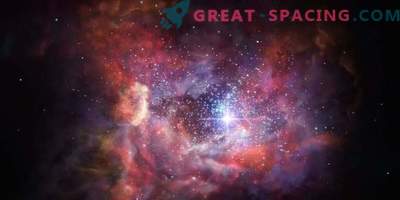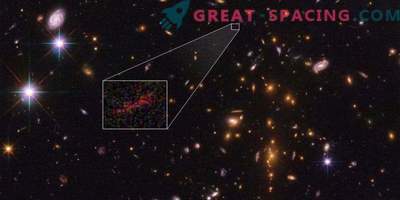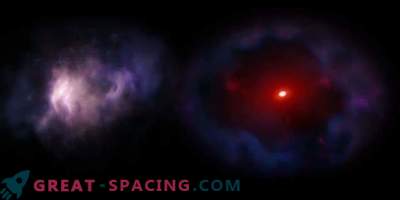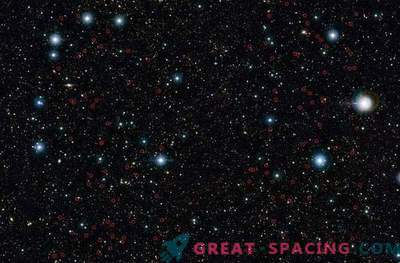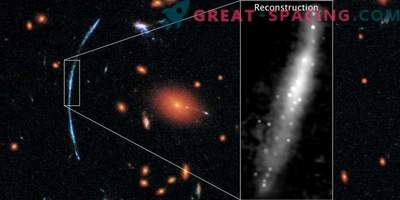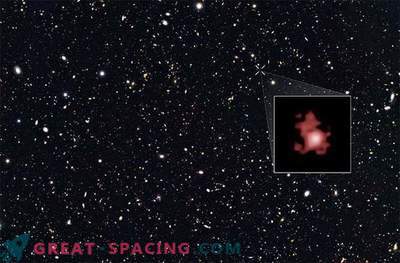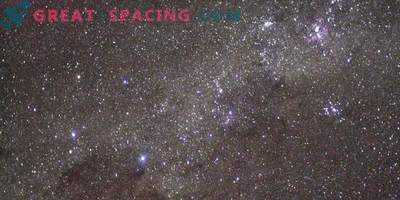
With the help of the Large Millimeter Telescope, we were able to capture the second most distant dusty galaxy with a stellar birth. She appeared in the first billion years after the Big Bang.
Astronomers took advantage of the Big Millimeter Telescope (BMT) and found the second most distant dusty galaxy of a star formation that appeared in the first billion years after the Big Bang.
This is the most ancient object found in BMT. The universe originated 13.7 billion years ago, and the age of the galaxy - 12.8 billion years. It is amazing to observe such an ancient formation, because at that time the space was completely ionized. That is, it was too hot and homogeneous, so that in the first 400 million years something was created.
Scientists believe that the first stars, galaxies and black holes appeared only 500 million years after the beginning of everything. This object may be one of the first created galaxies. But the find was not something unexpected, because it was for this purpose that the BMT project was prepared, focused on the search for the red shift. Researchers have always known that in the depths of space objects that do not manifest themselves in visible light are hidden. Interestingly, the most active galaxies (high stellar birth intensity) are the most difficult to observe in ordinary telescopes due to the huge amount of dust.
For the first time the galaxy was caught in the Herschel space telescope. The first light on BMT entered in 2011. Then the diameter of the telescope reached 32 m, but now it has grown to 50 m. Scientists are able to determine the galactic distance by redshift. To measure it, a line of atoms and molecules with recognizable discrete signatures is used.
At millimeter wavelengths, carbon monoxide (CO) is most easily recognized. Additional reviews allowed us to confirm the carbon emission line. Gravitational lensing helped, where a giant galaxy worked as a “magnifying glass” and increased the glow 10 times.
We have already reached the edge of the universe, but higher resolution and sensitivity will allow us to look at the beginning of everything. Therefore, researchers continue to peer into the oldest areas of our space.

